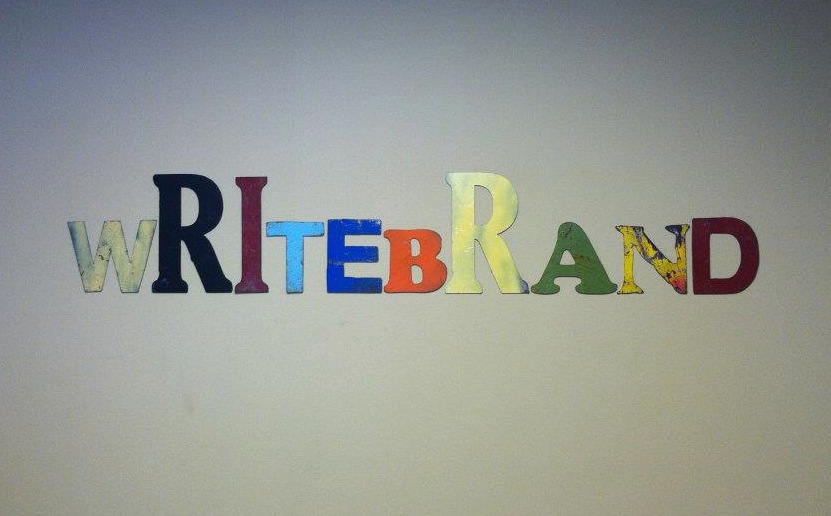Full disclosure – we’ve been working on this site for way too long. Our clients have kept us happily busy, so we can’t complain, but we did learn a thing or two in the process. Since many of our clients face the same issues we do as a company, we put together a few tips to help you take the stress out of getting your website off the ground.
____________________
We’ve all been there. (Especially us.)
Some guy: So what do you do?
You: I’m a blah blah blah at such and such and we do this, that and the other.
SG: No way, I’m looking for a blah blah blah to do this, that and the other. What’s your website?
(Crickets.)
Y: Oh, well, um, I’m still working on it. It’s in development. You know how it goes, the cobbler’s children have no shoes…
SG: (Back to those crickets.)
The truth is, to survive in today’s business world you need a website. And to thrive, you need a good one. Building a website can be overwhelming. If you’ve never done it before, or even if you have but it’s time for an update, it’s hard to know where to start. There’s so much to think about, and so little time. (Not to mention TV to binge-watch.)
As copywriters, we’ve helped create content for hundreds (if not thousands) of websites. We’ve seen it all: the good, the bad, and the ugly. We’ve also seen the great – which is what you want.
The first step is hiring the right designer. A good web designer is a great investment. According to one study, it takes visitors less then two-tenths of a second to form an opinion of your brand when they first see your website. So don’t underestimate the power of good site design. You also need a strong company logo and visuals – photos, illustrations, graphics, etc. We all like a pretty picture. Pictures make us more likely to stick around and see what else the website has to offer. If you see a site you love, don’t be scared to ask who designed it. Or ask your friends and colleagues for recommendations. (Or ask us – we’ve got connections. We’re totally connected.)
Also be sure to use a good content management system (CMS) so you can update your website and keep it fresh. If you can do this yourself (without having to call your “web guy” every time) it will make your life much easier down the road, and will also improve the life expectancy of your website. (A good web designer should be able to recommend a good CMS.)
If you’re just getting started and don’t have the budget to hire a web designer, several platforms now give you templates and tools to build a site yourself. Check out Squarespace, Web.com, Wix, or Weebly. (Oh, tech names.) A word to the wise though: unless you have a solid vision and at least a little design experience, you may find that the money you’re saving by doing it yourself is not worth the time you’ll spend on it. (Or the frustration.) Not to mention, those cool graphics you like probably aren’t stock.
Before you begin, think about who your audience is and why they are coming to your site. Are they here to buy products? Do they have a specific problem you can solve? Do they want to know who you are and what you can do for them? Figure out what information your audience wants and give it to them. This may sound obvious, but this is where many websites go wrong. Don’t make them look for it—they won’t. Keep your layout clean, simple, and easy to navigate, and put the information they want right where they will see it. In the age of Twitter attention spans and Google options, if we don’t find what we’re looking for right away, we just click away to another option. (You do the same, right?)
Having said that, if your content (and your audience) calls for it, you can dive deep. Maybe what you’re selling requires a three-page explanatory study that your customers are going to lap up, or an abundance of spec sheets. By all means, include it. Just don’t do it on your landing page. Another thing to keep in mind is where your traffic is coming from. Make sure the content they find when they get to your site is different than what’s driving them there. If your Facebook campaign says, “Try Applebaum Cakes” – don’t say, “Try Applebaum Cakes” again on your landing page. Instead, say: “Rated the best apple cakes east of the 405 for three years running – order yours now!”
Last but not least, don’t over think it. You can always make changes or tweak things. If you allow yourself to obsess, you’ll never get it done. Remember, done is better than perfect. Done gets you business. Perfect in progress does not.

